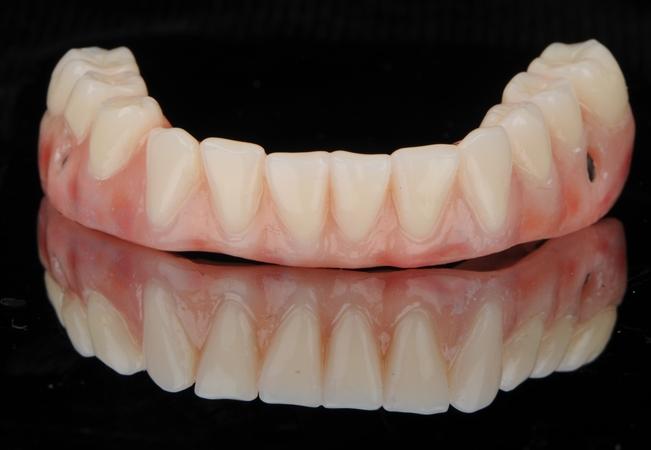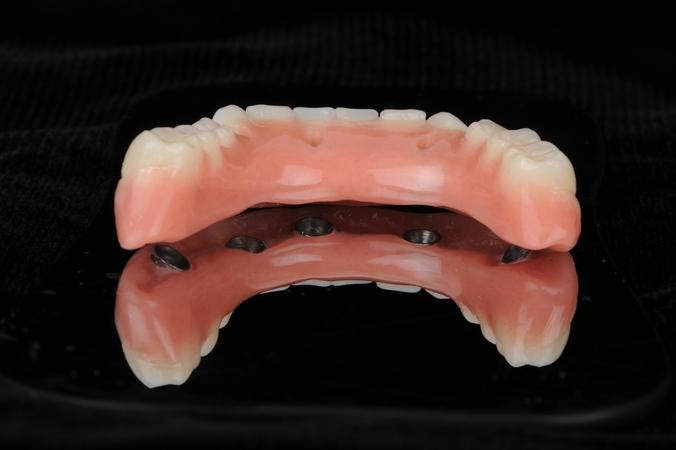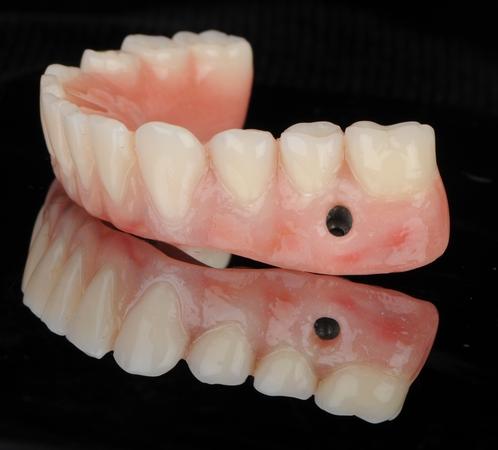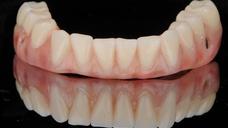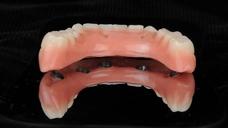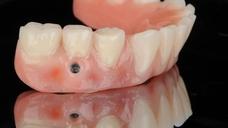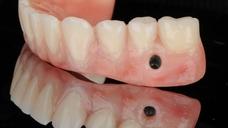-
0
Patient Assessment
- 0.1 Patient demand
- 0.2 Overarching considerations
- 0.3 Local history
- 0.4 Anatomical location
- 0.5 General patient history
-
0.6
Risk assessment & special high risk categories
- 5.1 Risk assessment & special high risk categories
- 5.2 age
- 5.3 Compliance
- 5.4 Smoking
- 5.5 Drug abuse
- 5.6 Recreational drugs and alcohol abuse
- 5.7 Parafunctions
- 5.8 Diabetes
- 5.9 Osteoporosis
- 5.10 Coagulation disorders and anticoagulant therapy
- 5.11 Steroids
- 5.12 Bisphosphonates
- 5.13 BRONJ / ARONJ
- 5.14 Radiotherapy
- 5.15 Risk factors
-
1
Diagnostics
-
1.1
Clinical Assessment
- 0.1 Lip line
- 0.2 Mouth opening
- 0.3 Vertical dimension
- 0.4 Maxillo-mandibular relationship
- 0.5 TMD
- 0.6 Existing prosthesis
- 0.7 Muco-gingival junction
- 0.8 Hyposalivation and Xerostomia
- 1.2 Clinical findings
-
1.3
Clinical diagnostic assessments
- 2.1 Microbiology
- 2.2 Salivary output
-
1.4
Diagnostic imaging
- 3.1 Imaging overview
- 3.2 Intraoral radiographs
- 3.3 Panoramic
- 3.4 CBCT
- 3.5 CT
- 1.5 Diagnostic prosthodontic guides
-
1.1
Clinical Assessment
-
2
Treatment Options
- 2.1 Mucosally-supported
-
2.2
Implant-retained/supported, general
- 1.1 Prosthodontic options overview
- 1.2 Number of implants maxilla and mandible
- 1.3 Time to function
- 1.4 Submerged or non-submerged
- 1.5 Soft tissue management
- 1.6 Hard tissue management, mandible
- 1.7 Hard tissue management, maxilla
- 1.8 Need for grafting
- 1.9 Healed vs fresh extraction socket
- 1.10 Digital treatment planning protocols
- 2.3 Implant prosthetics - removable
-
2.4
Implant prosthetics - fixed
- 2.5 Comprehensive treatment concepts
-
3
Treatment Procedures
-
3.1
Surgical
-
3.2
Removable prosthetics
-
3.3
Fixed prosthetics
-
3.1
Surgical
- 4 Aftercare
Veneering with Acrylic
Key points
- Today a typical material combination for a hybrid prosthesis is a milled titanium framework with an acrylic veneering
- Compared to ceramic veneering, acrylic materials offer better repair options, but do show higher abrasion and plaque accumulation
General considerations and material selection
Frameworks are veneered with veneering materials, to design the esthetics and shape of the definitive restoration. Framework material options for acrylic veneering include titanium, (CrCo) Cobalt - Chrome and precious alloys. Today CAD/CAM milling techniques for frameworks are considered state-of-the-art. Therefore a typical material combination for hybrid dentures is a milled titanium framework with an acrylic veneering. Acrylic veneering materials are available in a great variety of tooth shades and gingiva colors to address the individual esthetic demands. Acrylic teeth are offered in a great selection of shades, sizes and occlusal concepts. Acrylic veneering materials and acrylic teeth are easy to process and to polish (e.g. after intraoral adjustment with rotating instruments) and they are light-weight. Due to these characteristics and also due to usually being more affordable, acrylic materials are preferred over ceramics when it comes to replacement of extended tissue volumes.
The degree of alveolar bone resorption determines whether teeth or also bone and gingival tissues have to be replaced. In situations with advanced or severe bone resorption, the increased vertical space is compensated for by adding an acrylic base material and pink veneering to avoid teeth appearing too long.
However, in patients with a high lip and smile line the result can be esthetically inacceptable and the spaces between the implants might also compromise phonetics. In these cases a removable restoration design with buccal flanges can be the better treatment option.
Guidelines
In situations presenting small interarch space, in order to achieve stability of the acrylics and ideal support of the framework, the framework design should mimic the design of the final restoration to allow for an even thickness of the veneering layer. To provide sufficient esthetic veneering options, the component selection and framework design should allow for a 1.5 - 2 mm veneering thickness. Highly polished surfaces are crucial, especially for surfaces facing the mucosa.
In case of a screw-retained restoration design, the access to the screw channel will go through the framework structure and the veneering layer. Depending on location and design of the screw access opening, after seating the restoration it might be beneficial to close the access opening. This is typically closed with a light-curing composite material. To facilitate removal of the composite and to protect the screw when accessing the channel with a rotating instrument for maintenance of the restoration, the composite is placed over a soft layer of for example teflon tape, guttapercha or a cotton pellet.
Maintenance and potential complications
Type of prosthesis design and materials used, dental and prosthetic status of the antagonist teeth and the related loading factors and occlusal forces can all influence the maintenance aspects. Clinicians may encounter complications, such as wear or fracture of the prosthetic components, loosening and wear of the retentive mechanisms as well as the need to reline and/or renew the prostheses.
In comparison to ceramic veneering, acrylic veneering materials present the advantage of an easier repair, even intra-orally, in case of chipping or damage.
When compared to ceramics, disadvantages of veneering acrylic materials include higher abrasion rates and more plaque accumulation. Meticulous oral hygiene by preventing plaque accumulation and peri-implant inflammation are important. If indicated, for long-term esthetic reasons, many clinicians and patients primarily prefer to use the ceramic veneering over heat-cured acrylic or prefabricated acrylic denture teeth.
